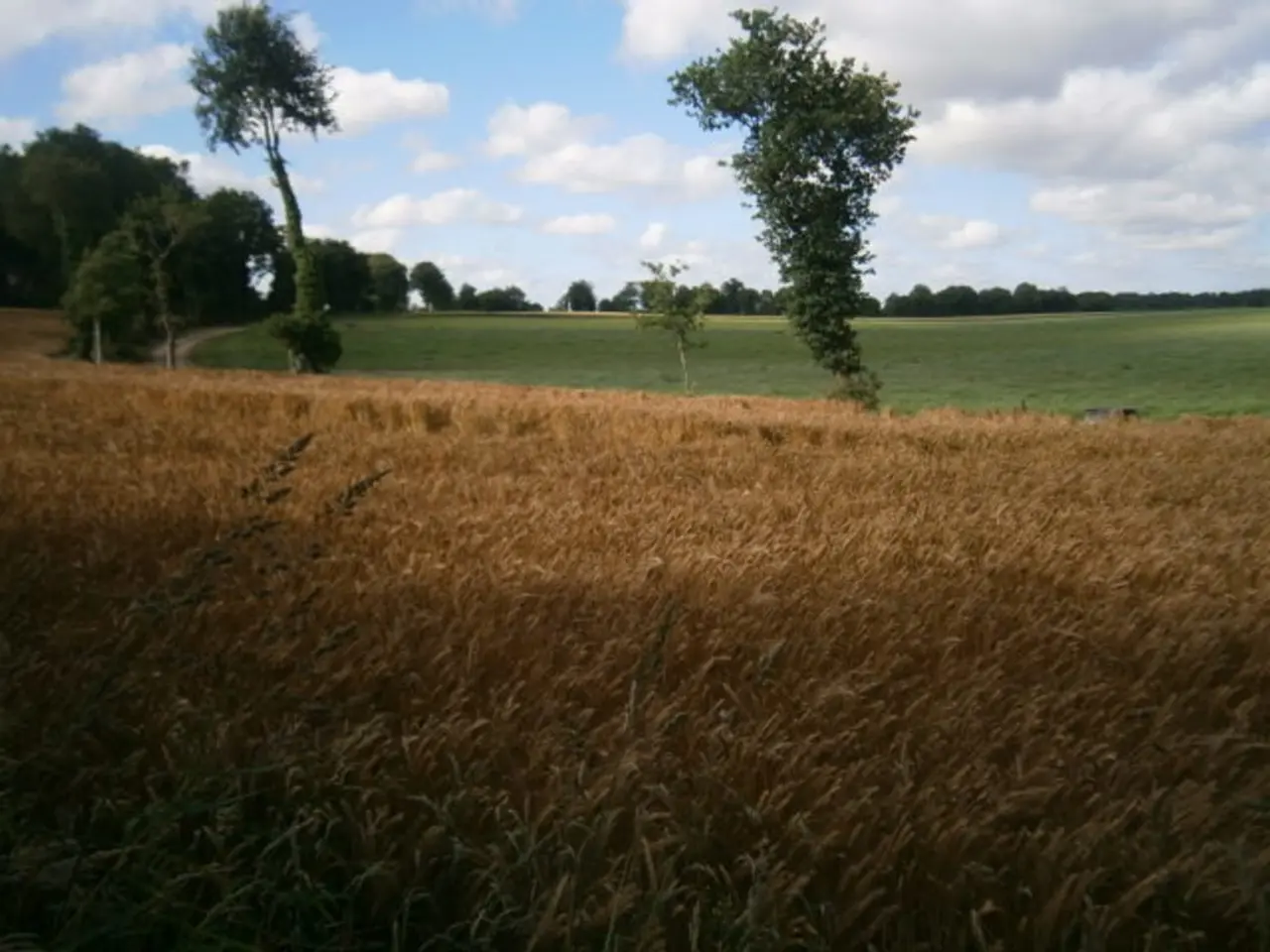Preparing for an Autumn Garden: Deciding What to Cultivate and the Ideal Planting Timeframes
Planning a Successful Fall Garden
A fall garden can be a rewarding addition to your gardening repertoire, offering a bounty of fresh produce even as the temperatures start to drop. Here's a guide to help you plan and plant a thriving fall garden.
Choosing the Right Vegetables
The best vegetables for a fall garden are primarily cool-season crops, such as leafy greens, root vegetables, and brassicas. These include spinach, kale, arugula, mustard greens, lettuce, collards, Swiss chard, radishes, carrots, beets, turnips, Chinese cabbage, broccoli, cauliflower, cabbage, Brussels sprouts, kohlrabi, cilantro, parsley, garlic, and shallots.
Timing is Key
The first step in planning a fall garden is to learn the first frost date, which is the average yearly date of the first killing frost in your current location. This information can be found using the First and Last Frost Calculator on The Farmer's Almanac.
Leafy Greens: Direct sow in early to mid-August (zones 3–4) or late August to early September (zones 5–6). These plants thrive in cool weather and can be direct seeded or started indoors and transplanted. Partial shade can help avoid heat stress, and they are frost tolerant.
Root Vegetables: Direct sow in early to mid-August in cooler zones or late August in moderate zones. These crops need loose, fertile soil with good drainage and regular watering for consistent root development.
Brassicas: These plants are usually started indoors 10–15 weeks before the first frost, then transplanted outdoors by late summer. They prefer cooler temperatures and fertile, well-drained soil. Protection such as row covers may be needed against early frost and pests.
Herbs: Direct sow in late August to early September in zones 5–6. Cilantro and parsley prefer cooler temperatures, regular watering, and well-drained soil.
Garlic and Shallots: Plant in late fall for overwintering and summer harvest the next year. They need well-drained soil and full sun, with minimal disturbance during winter.
Direct Sowing vs. Transplants
A fall garden can be planned using either direct sow seeds or plant transplants. Direct sowing large-seeded crops and root vegetables is best, while starting brassicas indoors and transplanting for the best results is recommended.
Extending the Growing Season
For warm climates or to extend the growing season, some warm-season crops like southern peas, okra, pumpkins, and winter squash can be direct sown in late July for fall harvest. However, these are less common in typical fall gardens focused on cool crops.
Maintaining Garden Health
To protect fall crops from early frosts and to retain soil warmth, consider using mulches, cold frames, or row covers.
Tips for a Successful Fall Garden
- Start most leafy greens and root crops by direct sowing from early August to early September depending on zone.
- Begin brassicas indoors about 10–15 weeks before frost for transplanting outdoors late summer.
- Brassica seedlings and kale can be started indoors 12-14 weeks out and transferred to the outdoor garden 10-12 weeks out.
- Lettuce and radishes can still be planted 8-10 weeks out as they are fast growers.
- Spinach and lettuce can be sown for the final time 6-8 weeks out.
- The key to a successful fall garden is finding the right time to start it. The time left in your fall growing season is your planting time until the expected first fall frost.
Alternatives to Cultivating Yourself
Buying seedlings from a reliable source is an alternative to cultivating them yourself. Transplants can be cultivated indoors using citrus peels, eggshells, or mini pots, and then transferred outdoors when they're about 3 weeks along.
[1] Gardenuity (2021). Fall Gardening Guide. Retrieved from https://www.gardenuity.com/learn/fall-gardening-guide
[2] The Old Farmer's Almanac (2021). Fall Gardening: What to Plant and When. Retrieved from https://www.almanac.com/gardening/fall-gardening-what-to-plant-and-when
[3] The Spruce (2021). Fall Vegetable Gardening 101. Retrieved from https://www.thespruce.com/fall-vegetable-gardening-101-4708255
[4] The Farmer's Almanac (2021). First and Last Frost Dates. Retrieved from https://www.almanac.com/content/first-last-frost-dates
[5] Fine Gardening (2021). Fall Vegetable Gardening. Retrieved from https://www.finegardening.com/article/fall-vegetable-gardening
- Fall gardening offers a bounty of fresh produce, making it a rewarding addition to gardening repertoires, providing cool-season crops like spinach, kale, radishes, carrots, and beets.
- In a fall garden, container gardening can be beneficial for growing herbs such as cilantro and parsley, which prefer cooler temperatures and well-drained soil.
- Maintaining garden health is essential for fall crops, using strategies like mulches, cold frames, or row covers to protect against early frosts and retain soil warmth.
- For those who find it challenging to cultivate their own plants, consider buying seedlings from a reliable source or attempting container gardening using unconventional materials like citrus peels or eggshells as mini pots.





